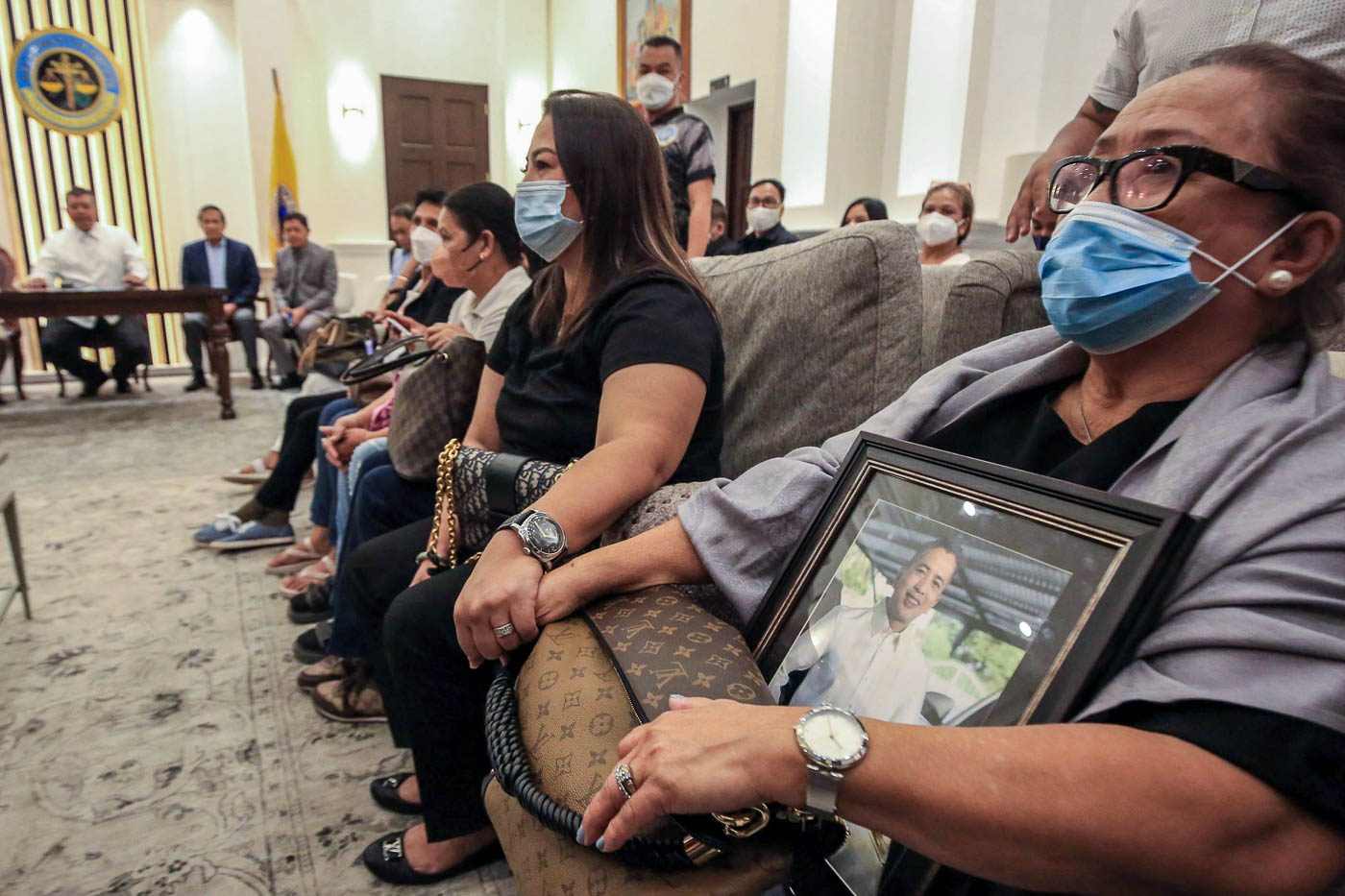‼️ TRENDING CASE ‼️ 100 Sabong Players Dumped in Taal Lake, Billionaires Deny All Involvement

The Philippines has recently been shaken by a chilling crime story that has gripped national and international attention — the disappearance and alleged murder of around 100 “sabong” players, individuals involved in the traditional yet controversial cockfighting betting industry. The victims are believed to have been abducted, killed, and their bodies discarded into the volcanic waters of Taal Lake. Despite the gravity of these allegations, powerful figures, including billionaires linked to the sabong industry, have denied any involvement, intensifying public outrage and concern.
Background: Sabong and Its Influence
Sabong, or cockfighting, is a deeply rooted cultural practice in the Philippines, combining tradition, entertainment, and a booming betting industry. In recent years, the rise of online sabong platforms, or “e-sabong,” has magnified the scale of betting, drawing millions into a lucrative but risky gambling ecosystem. This boom, however, has also exposed players to various dangers — from financial ruin to criminal exploitation.
Between 2021 and 2022, numerous reports surfaced of missing sabong enthusiasts across Luzon, the largest island in the Philippines. Many vanished without a trace from key urban centers like Manila, Batangas, Laguna, and Bulacan. Investigations revealed a pattern of abductions linked to illegal gambling disputes and organized crime syndicates operating in the shadows of the sabong industry.
The Case: 100 Sabong Players and Taal Lake

The latest and perhaps most horrifying chapter in this saga involves a whistleblower identified only by the alias “Totoy.” A former security guard at a popular cockfighting arena, Totoy has claimed that over 100 sabong players were abducted, executed, and their remains dumped into Taal Lake — a volcanic crater lake located south of Manila, known for its stunning beauty but also for its treacherous depths.
This confession shocked authorities and the public alike. It suggested the existence of a large-scale, organized campaign to eliminate sabong participants who may have crossed powerful interests within the gambling networks. Allegedly, the victims were strangled with metal wires before being discarded into the lake, turning this crime into one of the most gruesome mass disappearances in recent Philippine history.
Official Response and Investigation
The Department of Justice (DOJ) quickly mobilized a multi-agency task force to investigate these allegations. They have confirmed the need for underwater search operations and the deployment of technical divers to scour Taal Lake’s depths. Efforts have been bolstered by international cooperation, including requests for advanced remotely operated vehicles (ROVs) from Japan to assist in the search, given the lake’s volcanic conditions and challenging underwater terrain.
Meanwhile, the Philippine National Police (PNP) and Philippine Coast Guard (PCG) have provided logistical support, with PCG divers preparing for extensive search-and-recovery missions. The PNP has also intensified protection for key witnesses, especially Totoy, whose safety remains paramount given the sensitive nature of his revelations.
At the heart of the investigation lies the claim that influential billionaires linked to the sabong business have been orchestrating this campaign, allegedly paying as much as PHP 500,000 (approximately USD 9,000) for each sabong player killed. However, these billionaires have vehemently denied any involvement, fueling debates about corruption, impunity, and the extent of organized crime’s infiltration in the industry and government institutions.
The Human Cost and Community Impact

Beyond the numbers and headlines, the case has deeply affected families, communities, and the entire sabong ecosystem. Families of the missing have been left in anguish, demanding justice and transparency. Many of the victims were breadwinners or integral members of their communities, making their loss a significant social blow.
The local fishing industry around Taal Lake has also suffered, as rumors of the lake being a dumping ground for victims’ remains have scared consumers away from local products such as the famous tawilis fish. The economic repercussions highlight how criminal acts ripple far beyond their immediate context.
Researching the Case: A Respectful Approach
I have dedicated several hours to researching this case thoroughly, using public records, archival materials, and open-source resources to piece together the story with accuracy and sensitivity. Given the nature of the subject and its potential to cause distress, I have approached this story with utmost respect for the victims and their families.
This case is not just a tale of crime; it reflects the darker intersections of tradition, illegal economies, power struggles, and human suffering. Understanding it requires careful examination of facts and empathy for those affected.
Broader Implications: Crime, Culture, and Justice
This incident highlights significant challenges facing the Philippines today. The intertwining of legal and illegal gambling, especially in a cultural practice like sabong, creates vulnerabilities exploited by criminal syndicates. It also exposes gaps in law enforcement, judicial processes, and political accountability.
The alleged payment to assassins for silencing sabong players points to a system where human life is commodified and justice remains elusive. The denials from powerful billionaires raise questions about transparency and the influence of money in obstructing investigations.
The government’s response and the unfolding investigation will be a critical test of its commitment to rule of law, human rights, and protection of vulnerable communities.
Conclusion
The story of the “100 Sabong players dumped in Taal Lake” is a tragic and complex chapter in the Philippines’ ongoing struggle against crime and corruption. It involves not only the loss of lives but also challenges the very fabric of social trust and justice.
As investigations continue, it is essential for authorities, media, and society to handle the case responsibly, ensuring truth prevails and victims receive the dignity and justice they deserve.





